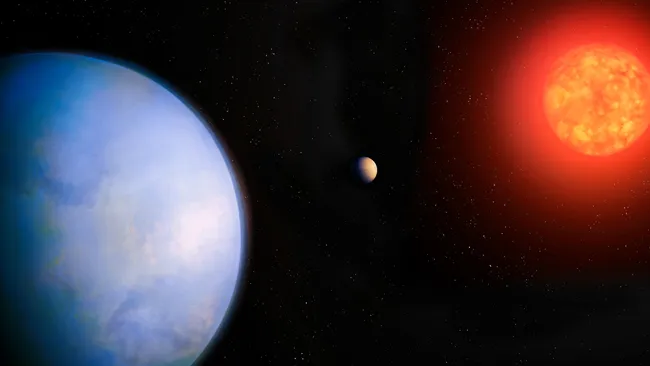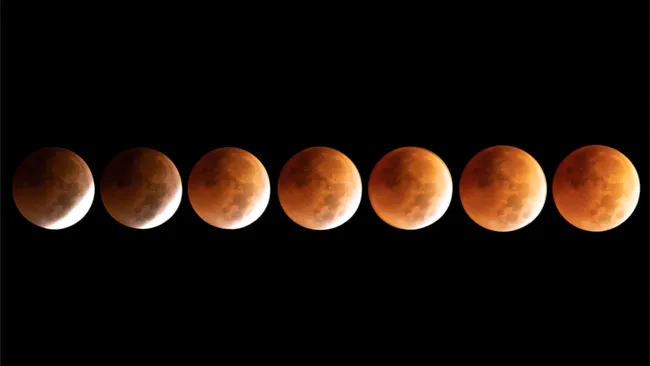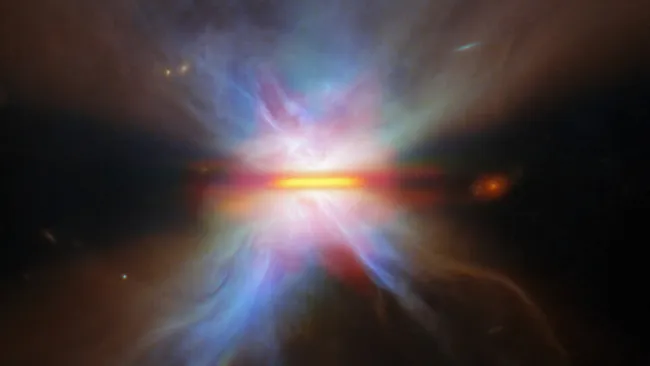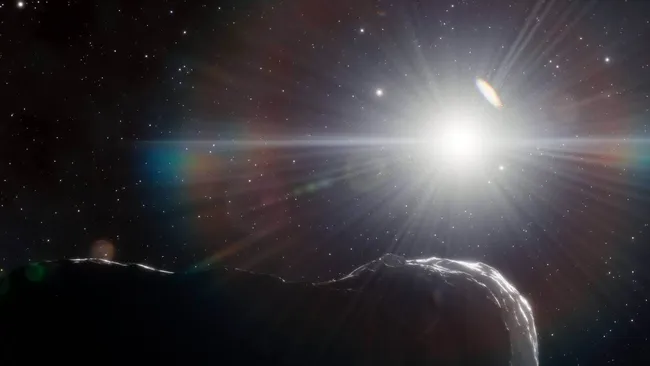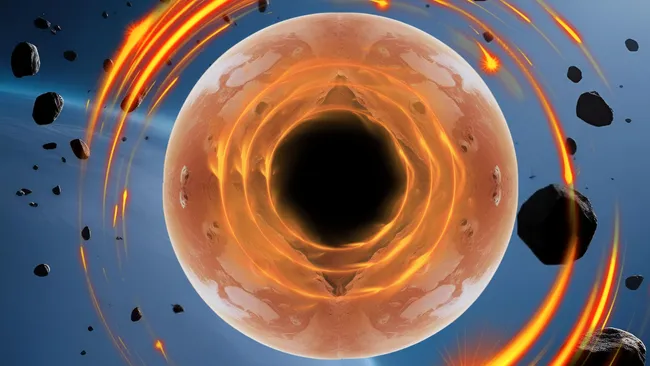Astronomers have identified a Super-Earth, named GJ 251c, located just 18.2 light-years away in the constellation Gemini. Positioned within the habitable zone of its red dwarf star, this rocky world could be one of the most promising nearby candidates in the search for life beyond our solar system.
With a mass approximately four times that of Earth, GJ 251c falls into the “super-Earth” category—a class of rocky planets larger and more massive than our own. “While we can’t yet confirm an atmosphere or life on GJ 251c, it represents a highly promising target for future exploration,” said Suvrath Mahadevan, an astronomy professor at Penn State University.
The planet was discovered through over two decades of observations tracking the tiny Doppler shifts in its host star’s light caused by the planet’s gravitational pull. This minute wobble, detected via advanced radial velocity techniques, confirmed the planet’s existence.
The research team also detected a previously known planet, GJ 251b, discovered in 2020, and refined its orbital measurements. By combining archival telescope data with new high-precision readings from the Habitable-Zone Planet Finder (HPF) at McDonald Observatory and the NEID spectrograph at Kitt Peak, scientists confirmed GJ 251c as a four-Earth-mass planet orbiting its star every 54 days.
Detecting such subtle signals is far from simple. Red dwarfs are turbulent, with magnetic activity that creates significant background noise. “It’s a difficult challenge to isolate a planetary signal amid this magnetospheric chaos,” Mahadevan explained.
Although GJ 251c lies beyond the observational reach of the James Webb Space Telescope, upcoming 30-meter-class telescopes or the planned Habitable Worlds Observatory may be able to probe its atmosphere for biosignatures.
However, the planet’s red dwarf host poses potential hazards. These stars are known for violent flares that can strip nearby planets of their atmospheres. Yet, GJ 251c’s slightly wider orbit might shield it from the worst of this stellar activity, possibly allowing it to retain an atmosphere if protected by a strong magnetic field.
“This is one of the best candidates we have for studying potential life signatures on a nearby world,” Mahadevan said. “We’ve made an exciting discovery—but there’s still much more to learn.”
The findings were published on October 23 in The Astronomical Journal.

